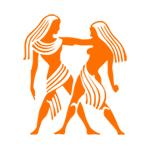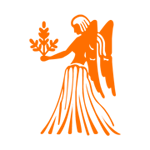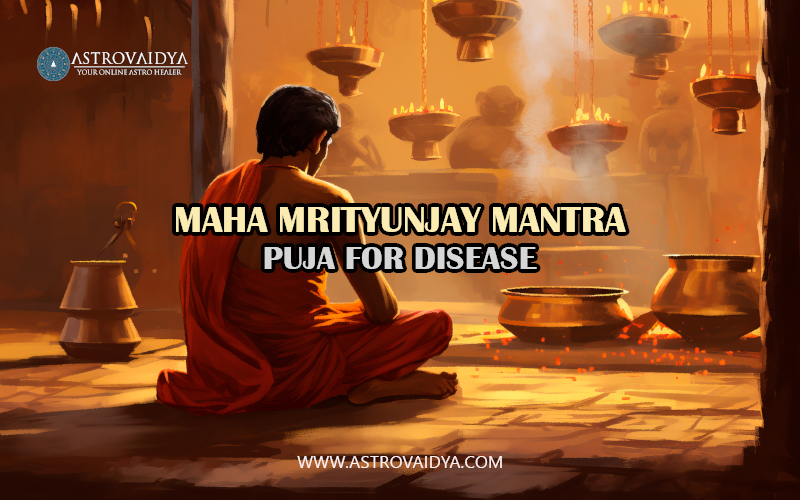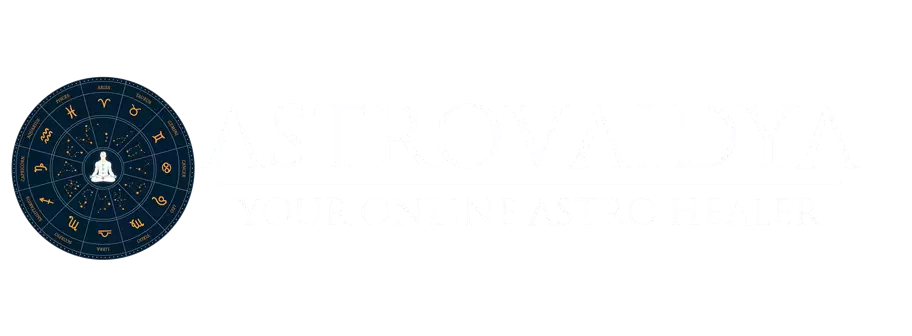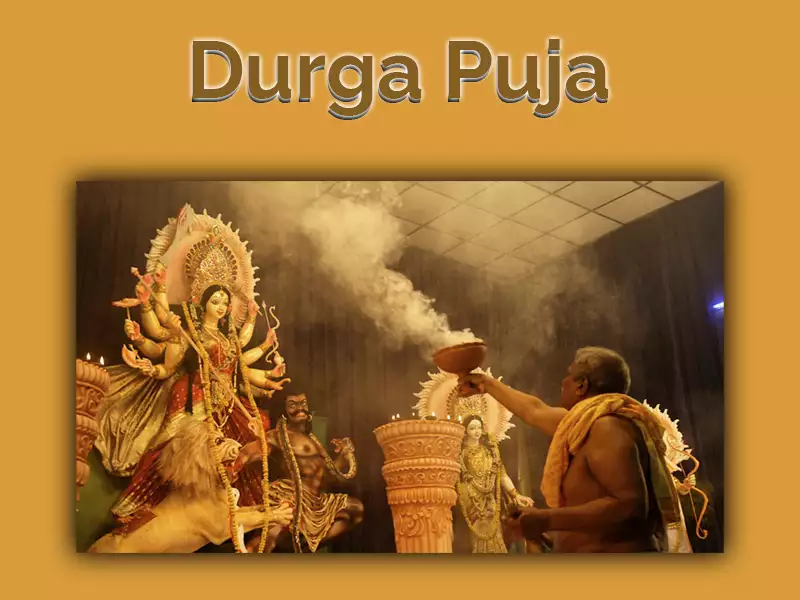
Maa durga-duh-swapna-nivaaran mantra
Durga Puja, also known as Navaratri or Durgotsava in some parts of India, is a vibrant and significant Hindu festival celebrated with great enthusiasm and fervor. This festival honors Goddess Durga, the divine embodiment of power, courage, and feminine strength. It typically spans nine days, with the last day being the auspicious day of Vijayadashami, marking the victory of good over evil.
Understanding Durga Puja?
Durga Puja, a prominent Hindu festival, is a celebration dedicated to Goddess Durga, representing the victory of righteousness over malevolence. Traditionally observed during the Hindu month of Ashwin, typically taking place in September or October, Durga Puja in 2023 will begin on Friday, October 20. This festival is distinguished by intricate ceremonies, ornate decorations, cultural displays, and spirited festivities.
Why Does Durga Puja Happen?
Durga Puja commemorates the goddess Durga’s victory over the buffalo demon Mahishasura, symbolizing the triumph of good over evil. According to Hindu mythology, various gods combined their divine energies to create Goddess Durga, who possesses immense strength and power to defeat the demon.
A Glance into the Legends
The origins of Durga Puja are rooted in ancient Hindu mythology. The legend narrates that the powerful demon Mahishasura gained immense strength through years of rigorous penance, which made him nearly invincible. To counter his tyranny and restore peace, the divine trinity—Brahma, Vishnu, and Shiva—converged their powers to create Goddess Durga. She embodies the collective strength of all the gods and is bestowed with an arsenal of weapons.
The battle between Goddess Durga and the demon Mahishasura lasted for nine days and nights. On the tenth day, the goddess emerged victorious, symbolizing the triumph of righteousness and the victory of good over evil.
Duration and Preparation of Durga Puja
Durga Puja is a vibrant and elaborate Hindu festival that typically spans nine days, culminating in the grand celebration on the tenth day, known as Vijayadashami or Durga Visarjan. The festival primarily celebrates the victory of the goddess Durga over the demon king Mahishasura, symbolizing the triumph of good over evil. Here’s a general overview of what typically happens during Durga Puja and how many days it is celebrated:

Duration of Durga Puja: Durga Puja usually lasts for five days, starting from the sixth day of the waxing moon (Shashthi) of the Hindu lunar calendar month Ashvin. The main celebrations occur on the last four days, known as Maha Saptami, Maha Ashtami, Maha Navami, and Vijaya Dashami.
- Preparation and Decoration of Pandals:
Weeks before the festival, enthusiastic communities come together to construct intricate and artistic temporary structures called “pandals” to house the idol of Goddess Durga. These pandals are beautifully decorated with elaborate themes and artistic designs.
- Idol Making:
Skilled artisans create idols of Goddess Durga, depicting her slaying the demon Mahishasura. The idols are crafted with precision and adorned with colorful clothing, jewelry, and accessories, showcasing the divine power and grace of the goddess.
- Prayers and Rituals:
Devotees participate in elaborate prayers, rituals, and aarti (ceremonial prayers) conducted by priests throughout the nine days. These rituals involve chanting of hymns, offering flowers, fruits, and sweets to the goddess, and seeking her blessings.
- Cultural Programs and Events:
Durga Puja is not only a religious festival but also a celebration of art and culture. Various cultural events, including music, dance, drama, and recitations, are organized during the festival. Renowned artists often perform, adding to the festive spirit.
- Traditional Dances and Music:
Folk dances, traditional music performances, and cultural processions are common during Durga Puja. Devotees participate in the joyful revelry, dancing, and singing in praise of the goddess.
- Feasting and Food Offerings:
Special meals and feasts are prepared and offered to the goddess during the festivities. Devotees also share food with family, friends, and the community, symbolizing unity and harmony.
- Dhunuchi Dance and Aarti:
The “dhunuchi dance” is a traditional dance where devotees balance earthen incense burners (dhunuchis) while dancing to rhythmic beats. Aarti, the ceremonial waving of lamps, is performed, symbolizing the removal of darkness and ignorance.
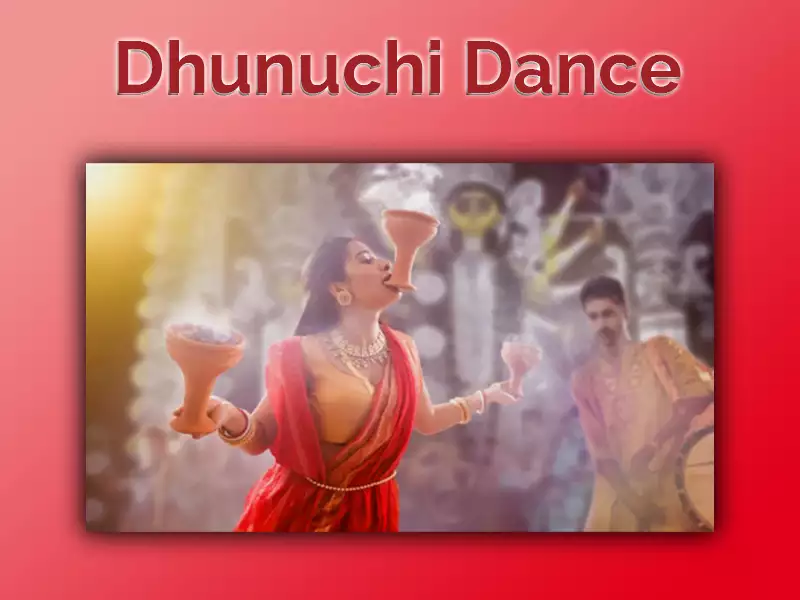
- Visiting Pandals and Idols:
Devotees visit various pandals to witness the artistic creativity and decorations, paying homage to the goddess at each location. Each pandal often has a unique theme or design.
- Vijayadashami (Durga Visarjan):
On the tenth day, the idol of Goddess Durga is immersed in a water body, symbolizing her return to her divine abode. Devotees bid farewell to the goddess with great reverence and hope for her return the following year.
The Rituals and Prayers
The festival begins with ‘Mahalaya,’ a day dedicated to invoking Goddess Durga. Devotees wake up before dawn to listen to the recitations of ‘Mahishasura Mardini,’ an ancient hymn that narrates the goddess’s heroic battle with the demon.
The next significant phase is the ‘Saptami,’ ‘Ashtami,’ and ‘Navami’—the last three days of the festival. These days are dedicated to the adoration of the goddess through prayers, rituals, and cultural performances.
Traditional ‘aarti’ ceremonies are held, where devotee’s light lamps and offer prayers to Goddess Durga. The air is filled with the mesmerizing fragrance of incense sticks and the sweet tunes of devotional songs.
The Cultural Extravaganza
Durga Puja is not only a religious festival but also a cultural extravaganza, bringing together people from diverse backgrounds and communities. Cultural events, dance performances, musical concerts, and drama performances are organized, showcasing the vibrant cultural tapestry of India.
The Significance of Durga Puja
Durga Puja transcends religious boundaries, promoting unity and togetherness. It symbolizes the victory of good over evil, light over darkness, and knowledge over ignorance. It teaches us the importance of embracing our inner strength to overcome challenges.
In essence, Durga Puja is a celebration of the divine feminine, a reminder of the power that resides within each one of us, and a tribute to the eternal struggle for righteousness and justice. It beckons us to celebrate life, togetherness, and the triumph of good, virtues that resonate universally and eternally.
Conclusion: Durga Puja is a vibrant and spiritually enriching festival that unites people in celebration and devotion to Goddess Durga. It symbolizes the victory of good over evil and is an occasion for seeking the divine blessings and protection of the goddess. Observing Durga Puja is essential for Hindus, and this year, in particular, holds special significance due to the auspicious alignment of holy energies, enhancing the potency of this divine celebration.




